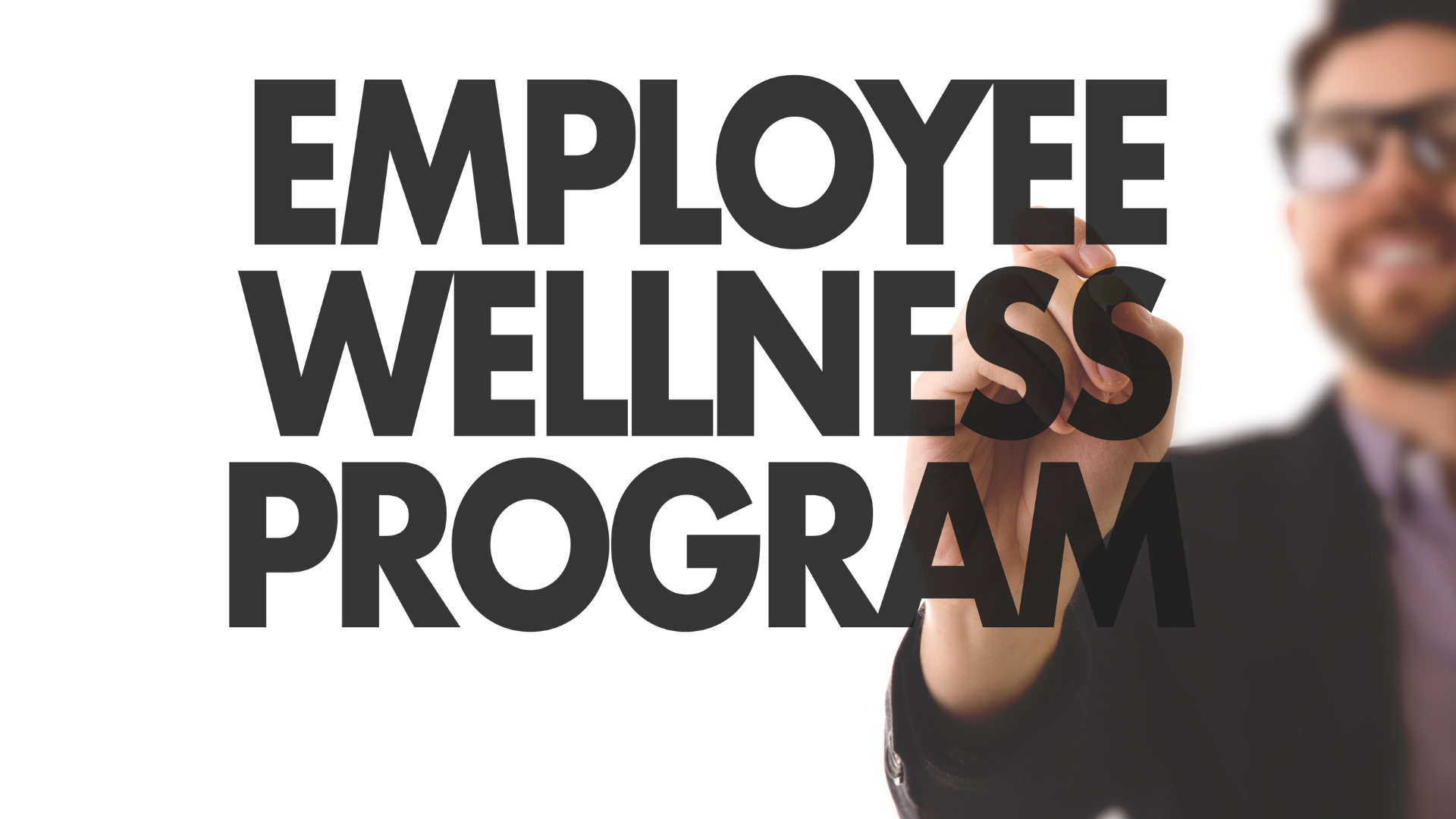I have been fortunate enough to experience onboarding processes that were genuinely inspiring, leaving a lasting impression on my professional life.
In my first job, I joined a large corporate as part of a group of around sixty management trainees. The onboarding was not just an HR process, it was an immersive two-month journey. It began with two enriching days of leadership interaction, understanding the organization’s vision and values. Next, we visited various business sites, from bustling factories to vibrant sales hubs. Then came the most memorable part, we were sent in small teams to rural locations in India, tasked with immersive projects to deeply understand the company’s core customers. It was more than orientation, it was an experience that shaped my professional outlook profoundly.
Fast forward five years. I joined a startup specializing in experiential learning. While the approach was entirely different, the onboarding was equally powerful. My welcome involved assembling Lego bricks, preparing Maggi in the office kitchen, and casual chats that brought company values to life in everyday experiences. Even policy reviews were simple, enjoyable interactions rather than tedious tasks. After conversations clarifying role expectations, I began participating in experiential sessions, directly observing the company’s offerings.
What these experiences taught me is this, onboarding is far more than administrative tasks. It is a foundational experience that significantly impacts employee retention, engagement, and productivity. Research consistently supports this. In today’s increasingly remote working world, the importance of impactful onboarding has grown exponentially.
Reflecting on my journey, I have identified six critical pillars HR professionals and organizations must prioritize for successful remote onboarding. Despite changes in work environments, these pillars remain consistent, effective, and impactful.
Pillar 1: Create Organizational Connect
Table of Contents
Connecting new joiners to the organizational story remains paramount. It is essential that employees feel part of something meaningful right from the beginning. This goes beyond merely sending a mission statement or an introductory email.
Consider creative ways to engage remotely. For example, new joiners might collaboratively create a short film about your organization’s history or culture, or perhaps participate in a virtual scavenger hunt exploring significant company milestones. Such experiences foster emotional ties, creating deeper organizational bonds right from day one.
Pillar 2: Facilitate Meaningful Connections
Building genuine connections is crucial in remote onboarding, yet it remains a challenge. Virtual environments often restrict personal interactions, impacting team dynamics.
Innovative activities can break these barriers. One successful method involves encouraging team members to reveal intriguing, unknown facts about themselves through creative virtual activities. Another unique experience is designing a virtual Haka challenge, helping teams unite around a shared vision, even while physically apart.
Also Read: Keep New Joiners Engaged Beyond the Onboarding Program
Pillar 3: Clearly Define Roles and Expectations
Ambiguity in roles leads to disengagement and frustration. Clearly defining role expectations, responsibilities, and growth opportunities is crucial during remote onboarding.
Consider utilizing microlearning modules to explain roles creatively and interactively. Real-world simulations, inspired by industries like the military, can vividly illustrate challenges and responsibilities. At FocusU, for instance, experiential sessions inspired by the accountability frameworks of former US Navy SEAL Brent Gleeson provide new employees with clarity, motivation, and a memorable learning experience.
Pillar 4: Build Capabilities with Engaging Learning Experiences
Capability building is not just about sharing documents and standard operating procedures. It is about engaging new hires actively in their learning journey. Bite-sized microlearning content accessible anytime, anywhere, proves immensely beneficial.
Consider gamified learning challenges or immersive simulations allowing new sales teams to experiment with sales strategies, pricing, and customer interactions in risk-free environments. Experiential, engaging, and practical learning helps new joiners transition confidently and quickly.
Also Read: Blended Learning Journeys: Making Learning Stick for Lasting Impact
Pillar 5: Continuously Engage and Support
Effective onboarding extends far beyond the initial weeks. Continuous check-ins, structured feedback loops, and ongoing support help address anxiety, boost confidence, and ensure sustained engagement.
Pairing new joiners with buddies or mentors significantly enhances their comfort and belonging. Regular virtual wellness activities or mindfulness sessions demonstrate organizational commitment to holistic employee health, greatly influencing morale and long-term retention.
Pillar 6: Set Clear and Measurable Goals
Clarity breeds confidence. Clearly communicated expectations and measurable early wins guide new employees on a path of confidence and productivity.
Consider experiential virtual activities that creatively communicate goals and team expectations. For example, virtual team-building exercises, like simulated mining challenges, help newcomers understand team objectives, communication styles, and collective strengths in an engaging, memorable way.
A Subtle but Essential Takeaway
As remote and hybrid work continue to grow, organizations face a significant, subtle challenge. How do you emotionally integrate remote joiners into your organizational culture? The true challenge is not technological but emotional. Remote onboarding must convey belonging, purpose, and value consistently and authentically.
Investing strategically in this emotional onboarding not only enhances employee engagement but also fundamentally addresses corporate learning and development challenges around retention and productivity.
Final Thoughts
Looking back, both my onboarding experiences, though vastly different, shaped my entire employee journey. Onboarding is not just about introducing processes, it is about welcoming people into your organizational family.
Whether you are refining an existing remote onboarding process or designing a new one, consider these six pillars not as checklist items, but as strategic opportunities to create lasting emotional and professional bonds.
I would love to hear your onboarding stories or any innovative practices you’ve encountered. After all, onboarding sets the stage for the future of every organization.










